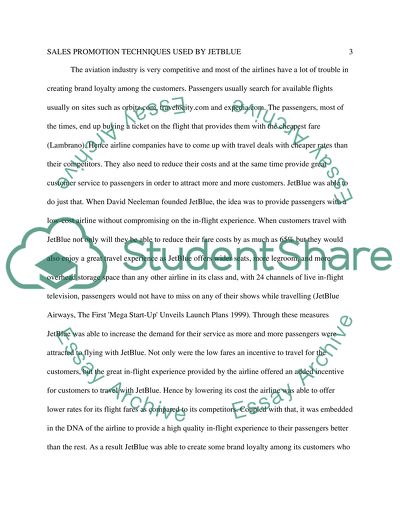Cite this document
(“Sales Promotion Techniques used by JETBLUE Research Paper”, n.d.)
Retrieved de https://studentshare.org/marketing/1391535-the-various-sales-promotion-techniques-used-by
Retrieved de https://studentshare.org/marketing/1391535-the-various-sales-promotion-techniques-used-by
(Sales Promotion Techniques Used by JETBLUE Research Paper)
https://studentshare.org/marketing/1391535-the-various-sales-promotion-techniques-used-by.
https://studentshare.org/marketing/1391535-the-various-sales-promotion-techniques-used-by.
“Sales Promotion Techniques Used by JETBLUE Research Paper”, n.d. https://studentshare.org/marketing/1391535-the-various-sales-promotion-techniques-used-by.


